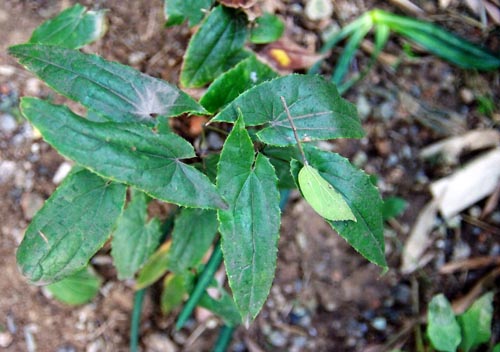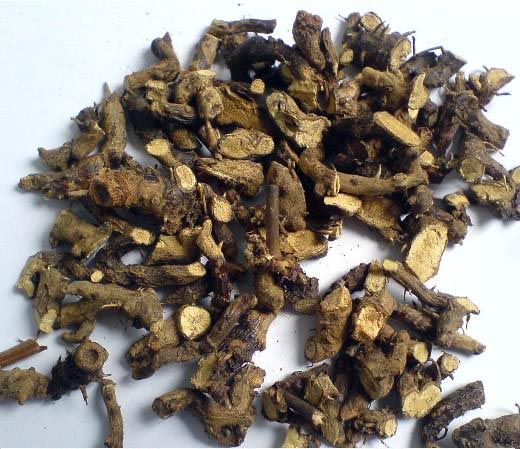The source is from the branch and leaf of Epimedium sagittatum (Sieb. et Zucc.) Maxim. or E. brevicornum Maxim, Epimedium pubescens Maxim., wushan Epimedium, and Epimedium Koreanum Nakai. family Berberidaceae. The medicinal material is mostly produced in Shaanxi, Sichuan, Hubei, Shanxi, and Guangxi, etc., harvested in spring and autumn in bloom, and dried after removal of stem and other undesired part. It is used crudely or roasted with sheep fat.
Medicinal Properties: Pungent and sweet in flavor, warm in nature, and attributive to the liver and kidney meridians.
Actions: Invigorate the kidney and strengthen yang, eliminate wind and dampness.

Application
1. For impotence due to deficiency of the kidney manifested as soreness of the waist and knees, frequent micturition, or sterility, it can be soaked alone in spirit for drinking, or used with Shudihuang (Radix Rehmanniae Praeparata), Shanzhuyu ( Fructus Corni), Xianmao (Rhizoma Curcutignis), and Gouqizi (Fructus Lycii) , etc.
2. For Bi-syndrome of wind-cold-dampness type with spasm and numbness of extremities, etc., it is used together with Weilingxian (Radix Clematidis), Cang'erzi (Fructus Xanthii), etc, such as Xianlingpi San (Powder).
In addition, it is used with Xianmao (Rhizoma Curcutignis), Bajitian ( Radix Morindae Officinatis), etc., named as Erxian Tang (Decoction) ; and is effective for climacteric hypertention; also applied for cough and asthma due to deficiency of yang in the combination with Buguzhi (Fructus Psoraleae), Hutaorou (Juglandis Regiae), and Wuweizi (Fructus Schisandrae), etc..
Usage and Dosage: 3 - 9 g is used in decoction;or soaked in spirit for drinking; or decocted into extract or in pills and powder.








